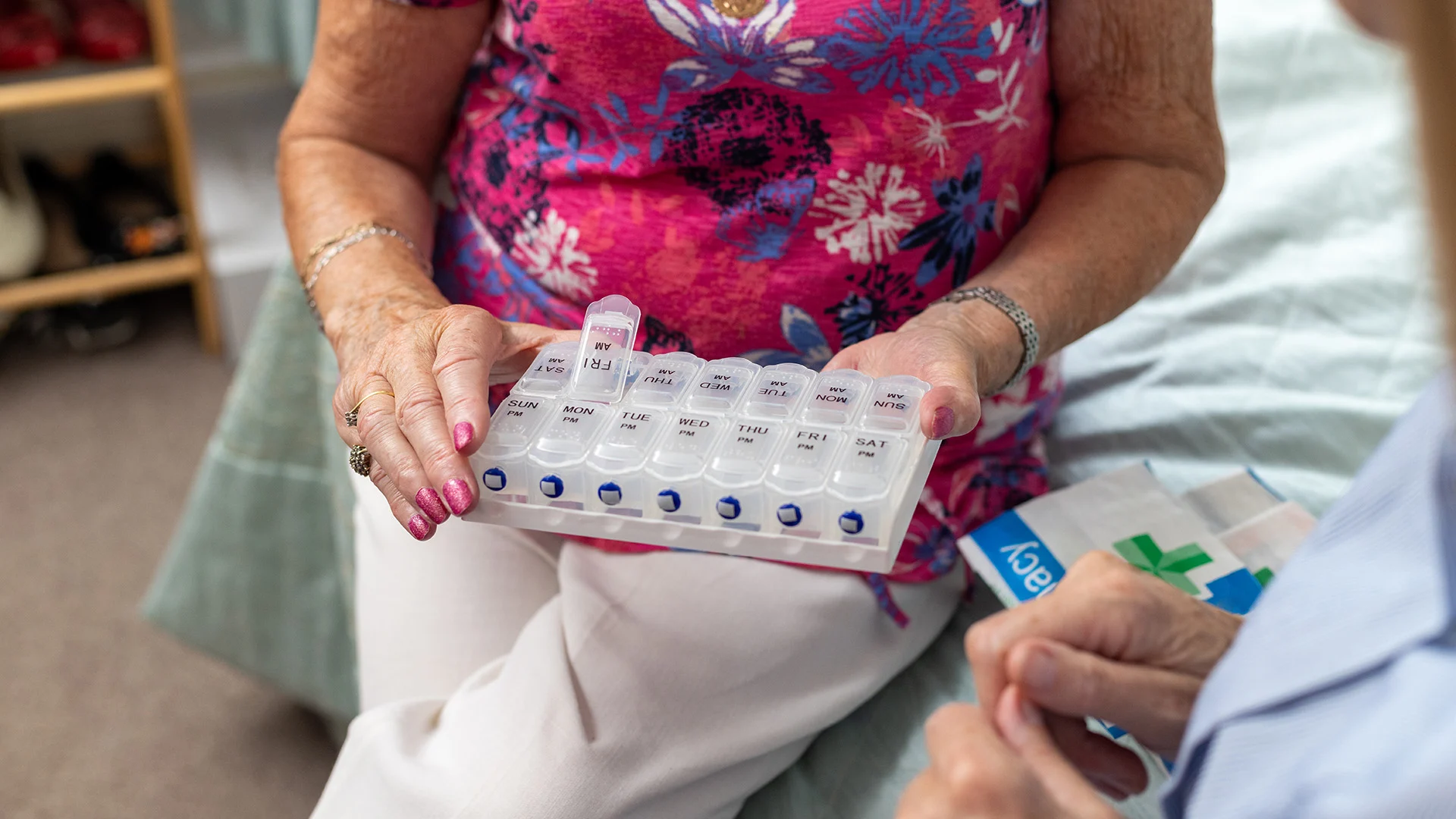
Overview
Longevity drugs to head off diseases of aging and extend healthy lifespans are tantalizingly close, yet translating basic science discoveries to drugs still have hurdles to pass. James Peyer, PhD, CEO and Founder of Cambrian Bio talks about pursuing treatments that extend human healthspans.
How to pursue treatments that will extend human healthspan?
Laboratory researchers have reached for decades to grab the gold ring of a longevity drug that can head off diseases of aging and extend healthy lifespans. Now the prize is tantalizingly close, with accelerating advances in the basic biology of aging and the underlying causes of cancer, Alzheimer’s disease, cardiovascular disease and other conditions common with advancing age.
Yet translating these discoveries to drug development still have hurdles to pass. James Peyer, PhD, CEO and Founder of Cambrian Bio, talked about his company’s strategy for pursuing treatments to extend human healthspan.
From Remedies to Prevention
Medicine today is reactive, he explained, with a focus on treating signs and symptoms in old age, after a person is sick, and long after the underlying cellular and molecular damage has begun to accumulate.
Instead, the key to extending human healthspan lies in prevention, according to Peyer.
In the future, Peyer’s goal is to “take people who are still mostly healthy and intervene to increase the amount of time they spend in good health.”
The recent discoveries in mice “are about the damage that is building up in our bodies before we get sick,” said Peyer. If you can fix damage before it builds up, you can prevent diseases of aging. And it turns out that many diseases of aging have shared causes.
Although they are complex syndromes, “if you tweak one lever, for example, the ability of our cells to degrade misfolded proteins, then all of a sudden you reduce the risk of many diseases all at once.”
Obstacles for Investment
“How do you take something that can extend the healthy lifespan of a mouse and turn it into an approved drug for humans?,” Peyer said in describing the biggest hurdle in developing basic science discoveries with high potential.
Until about 10 years ago, almost no concerted effort took place to take the breakthroughs in mice and turn them into human medicines because “creating a human medicine and actually demonstrating that it works is extremely hard,” Peyer stated.
Why aren’t pharma or venture capitalists clamoring to fund such drug development? One issue is that aging isn’t a disease. There’s nothing to cure. In the eyes of the FDA, aging is not an indication that merits treatment.
Peyer’s answer to that problem is to instead think of longevity drugs as multi-disease preventatives. “With the FDA we already have a regulatory system for approving prevention drugs,” said Peyer. “That’s what a longevity drug would be.”
“Once you make that strategic jump, the problem changes,” he said. “It is that prevention trials are long and difficult — longer than investors will tolerate. You usually want to know that your drug is extremely safe and already effective in something else before you start a trial in healthy people for prevention.”
“Most drugs today are developed by university spinouts backed by biotech venture capitalists,” said Peyer. And VCs won’t back a six-year prevention trial for a drug that is already approved for something else.
Peyer took a different approach, founding Cambrian Bio as a distributed development company with a portfolio of pipeline programs. The pipeline companies develop medicines to target the mechanistic drivers of aging, therapeutics that have the potential first to treat and later to prevent disease.
Currently Cambrian has more than a dozen novel therapeutics in development, with two in clinical trials. One compound that has completed Phase 1 trials is an AMPK activator, which increases metabolism with the potential benefits of mimicking exercise. The pipeline company Amplifier Therapeutics is developing the drug candidate, called ATX-304, with a target indication for obesity and obesity-associated diseases.
As the leader of a company invested in longevity, Peyer said, “I get asked ‘how long do you want to live?’ by almost every journalist I talk to.” He is healthy today, and his answer underscores the key difference between lifespan and healthspan: “At least until tomorrow — and I’ll let you know if that ever changes.”







